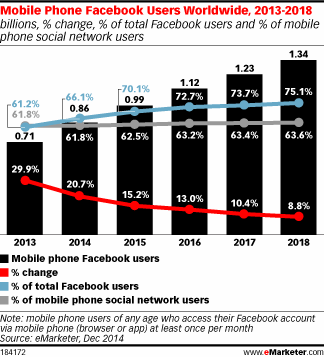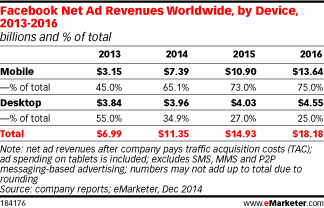By adaptive - February 25th, 2015
With Facebook restating its commitment to viewed impressions for ads, how should corporations leverage their paid ad campaigns?
- Value. Our research shows that value is created as soon as an ad is seen, even if only a portion of the ad was seen for a brief period of time.
- Consistency. Our measurement standards are applied across all interfaces (mobile and desktop) and ad types, allowing for easy cross-media measurement and comparison.
- Fair pricing. Using viewed impressions as the standard makes it easier for our ad delivery system to ensure that advertisers pay a fair price for the real business value their ads create. We don’t charge for impressions that aren’t viewed.
Mobile matters
Targeted messages
Next Reads
June 2015, New York
With over 50 expert speakers (including 15 CMOs and CCOs) from the world’s most social brands, and 300+ of your corporate peers in attendance, #CSMNY offers unrivaled learning, networking and benchmarking opportunities. It is truly THE social media event of year.
Brochure Programme




